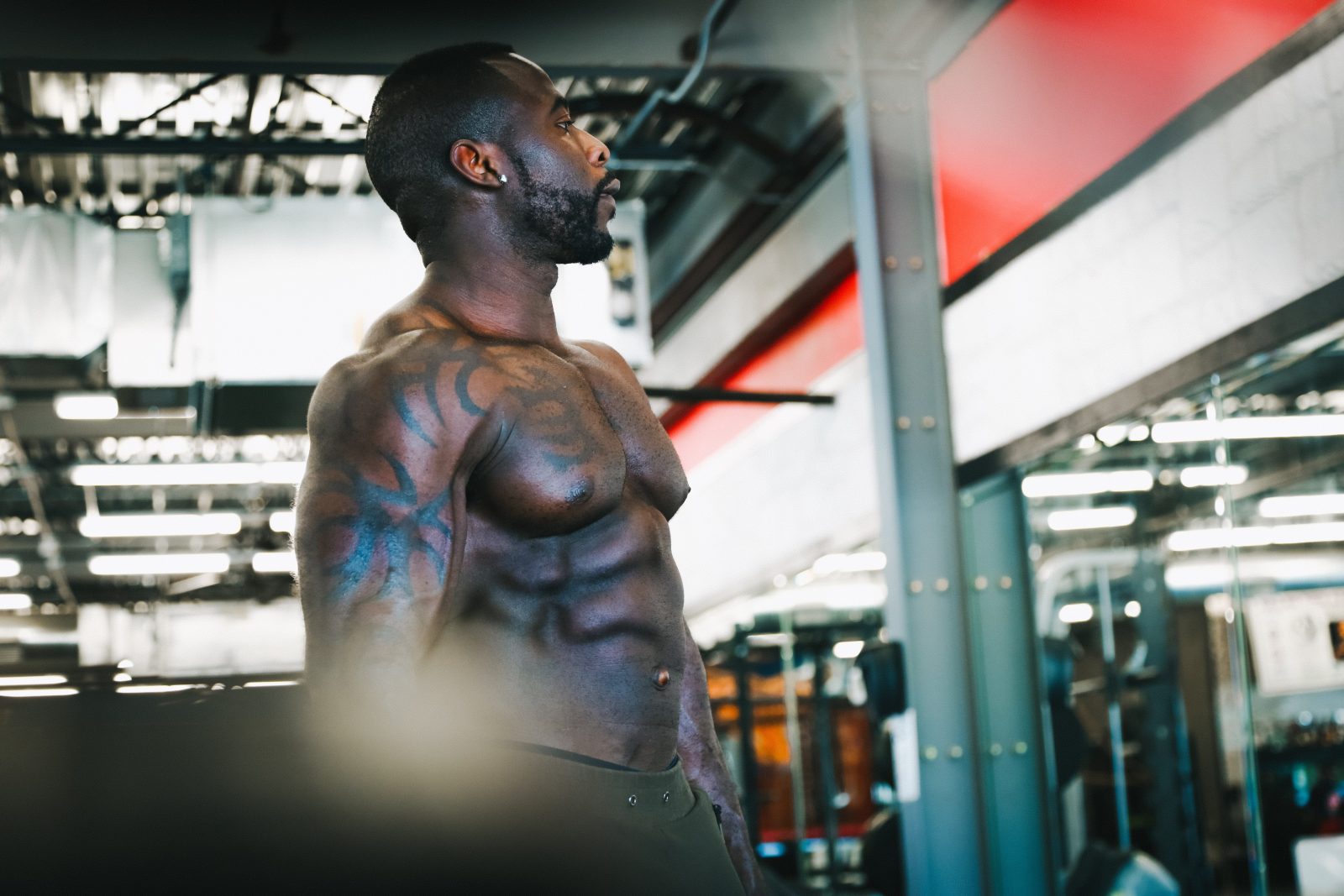In the pursuit of a healthier lifestyle, fitness enthusiasts are constantly exploring various methods to improve their workouts and overall well-being. One such technique that has gained significant attention in recent years is foam rolling. This simple yet effective practice involves using a cylindrical foam roller to apply pressure to different muscle groups.
Let’s delve into the world of foam rolling and uncover the multitude of benefits it brings to the table.
What is foam rolling?
Foam rolling, also known as self-myofascial release, is a practice that involves using a foam roller to apply pressure to specific points on your muscles. This technique aims to release tension and tightness in the fascia, and the connective tissue surrounding muscles, thereby improving overall muscle function and flexibility.
How does foam rolling work?
Foam rolling works by using your body weight to exert pressure on the targeted muscle areas. As you roll the foam roller over these areas, it acts like a deep tissue massage, breaking down knots and adhesions that may have formed in the fascia. This process encourages better blood circulation and allows for enhanced nutrient and oxygen delivery to the muscles.
Benefits of foam rolling
Enhanced muscle recovery
Foam rolling is a fantastic tool for aiding muscle recovery after intense workouts. By releasing muscle tension and increasing blood flow, foam rolling helps to reduce muscle soreness and promote faster healing.
Increased flexibility and range of motion
Regular foam rolling can lead to improved flexibility and range of motion. As the fascia becomes more supple, your joints can move more freely, enhancing your overall athletic performance.
Alleviation of muscle tension
One of the primary reasons people turn to foam rolling is to relieve muscle tension. The pressure that the foam roller applies helps to relax tight muscles, bringing about a sense of relief and relaxation.
Improved blood circulation
Foam rolling stimulates blood circulation, which is crucial for delivering nutrients to muscle tissues and removing waste products. This increased circulation contributes to better muscle health.
Prevention of injuries
By addressing muscle imbalances and enhancing muscle function, foam rolling can help prevent injuries. It corrects muscular issues before they develop into more severe problems.
Reduced DOMS (Delayed Onset Muscle Soreness)
Foam rolling post-workout can significantly reduce the severity of Delayed Onset Muscle Soreness (DOMS). It promotes the removal of lactic acid and other metabolic waste, reducing the discomfort that often follows intense exercise.
Release of Endorphins
Foam rolling triggers the release of endorphins, often referred to as “feel-good” hormones. This natural high can elevate your mood and leave you feeling more relaxed.
Incorporating foam rolling into your fitness routine
Pre-workout rolling
Foam rolling before a workout can help activate your muscles and improve their responsiveness. Spend a few minutes targeting key areas to prepare your body for exercise.
Post-workout rolling
After your workout, focus on foam rolling the muscles you’ve just worked. This aids in relaxation and promotes quicker recovery.
Targeted muscle relief
If you’re experiencing tightness in specific areas, such as the IT band or upper back, dedicate extra time to foam rolling those regions.
The Science behind foam rolling
Myofascial release
Foam rolling works on the principle of myofascial release, which involves applying sustained pressure to release tension in the fascia.
Breaking up facial adhesions
Foam rolling breaks down fascial adhesions that can limit your range of motion and cause discomfort.
Neuromuscular benefits
Foam rolling also provides neuromuscular benefits by stimulating nerve receptors in the skin and muscles, promoting relaxation and pain reduction.
Choosing the right foam roller
Density and firmness
The density and firmness of the foam roller can affect the intensity of the massage. Beginners might prefer a softer roller, while experienced users may opt for a firmer one.
Textured vs. smooth surface
Textured foam rollers offer a more targeted massage, while smooth ones provide a gentler experience. Choose according to your comfort level.
Common foam rolling mistakes to avoid
Rolling too fast
Quick rolling doesn’t allow the muscles to adapt to the pressure. Effectiveness increases with the use of slow, deliberate motions.
Neglecting painful areas
It’s tempting to avoid painful spots, but those are the areas that often need the most attention. Apply gentle pressure to gradually alleviate the discomfort.
Incorrect breathing
Remember to breathe deeply and steadily as you foam roll. Oxygenating your muscles enhances the effectiveness of the practice.
Foam rolling is a versatile and accessible technique that offers a range of benefits to individuals looking to enhance their fitness journey. From improved muscle recovery and flexibility to alleviating muscle tension and preventing injuries, the advantages of foam rolling are numerous. By incorporating this practice into your regular routine and paying attention to proper techniques, you can experience a positive impact on your overall well-being.
















Find Us on Socials